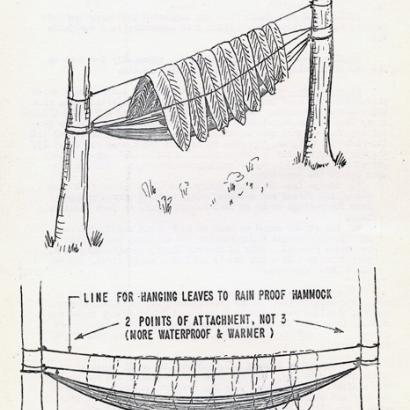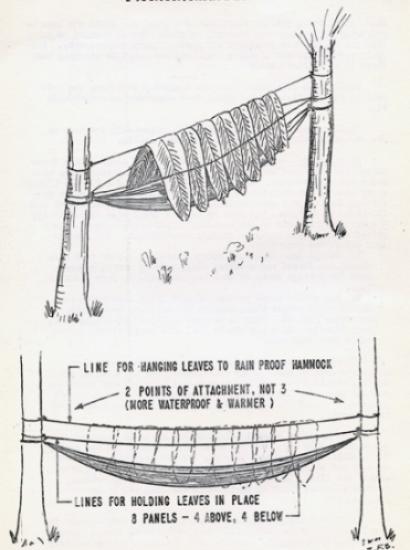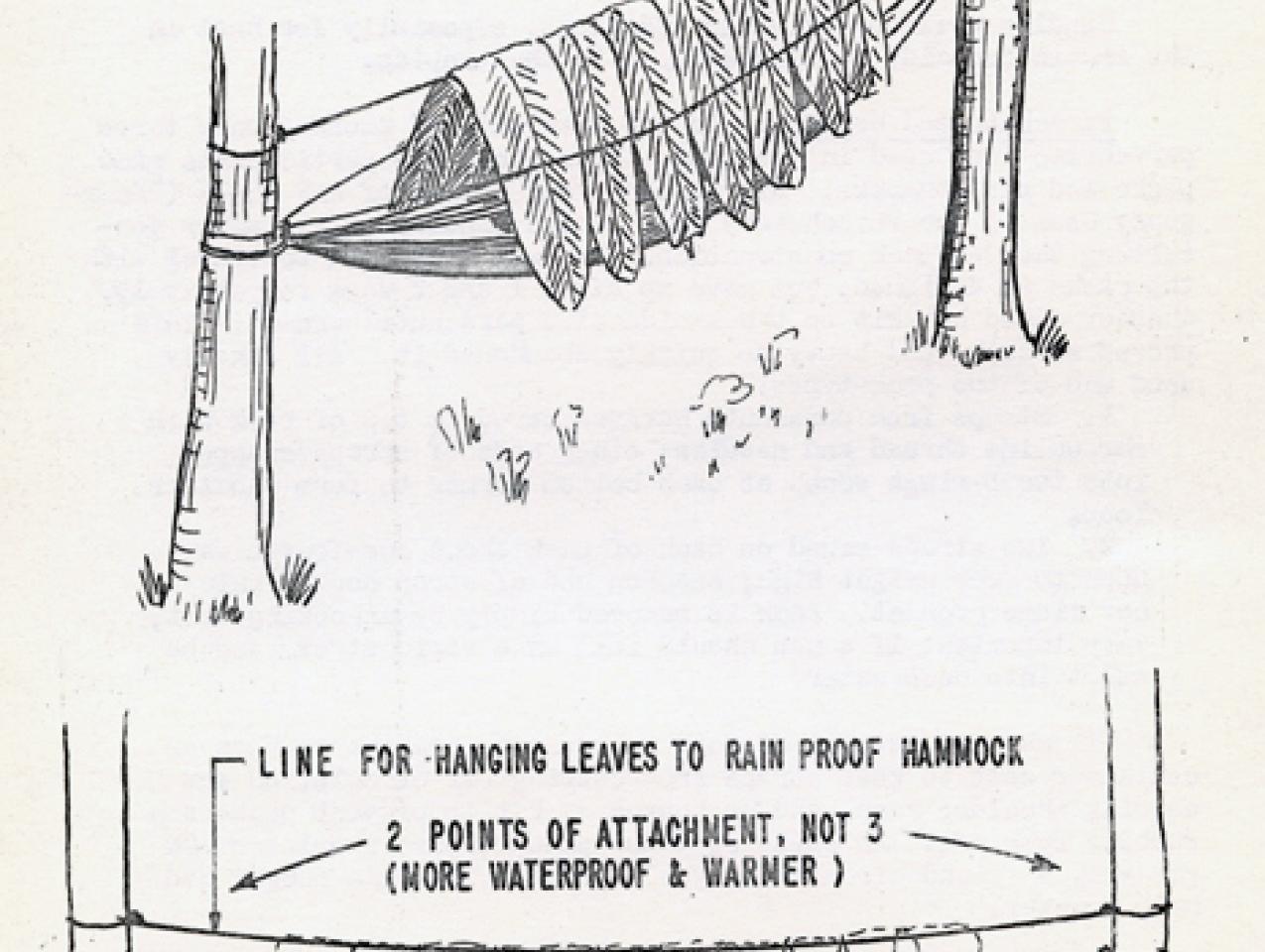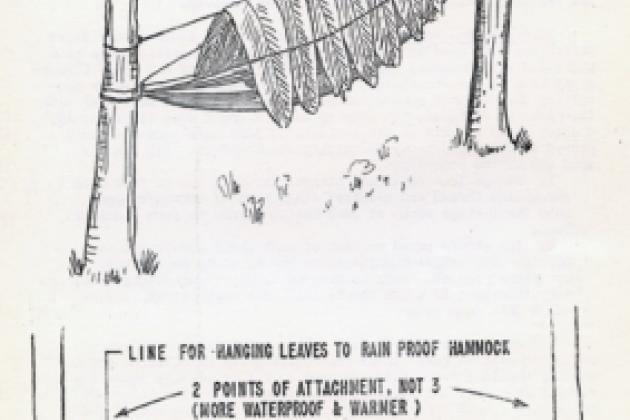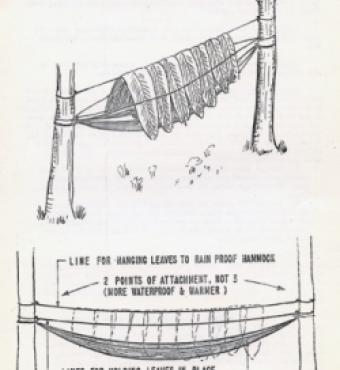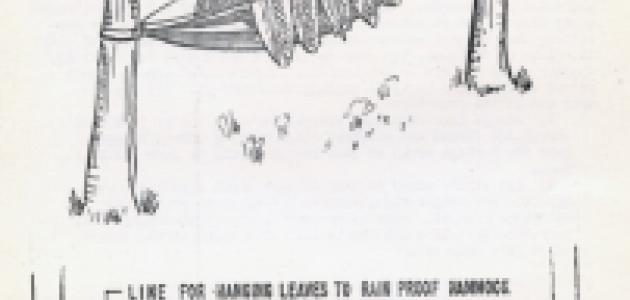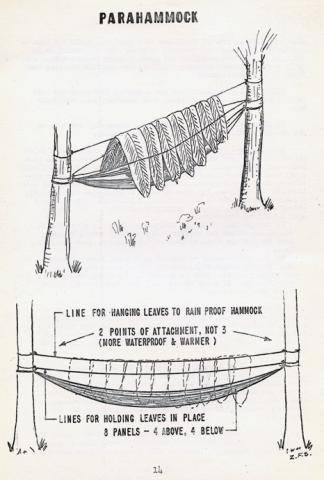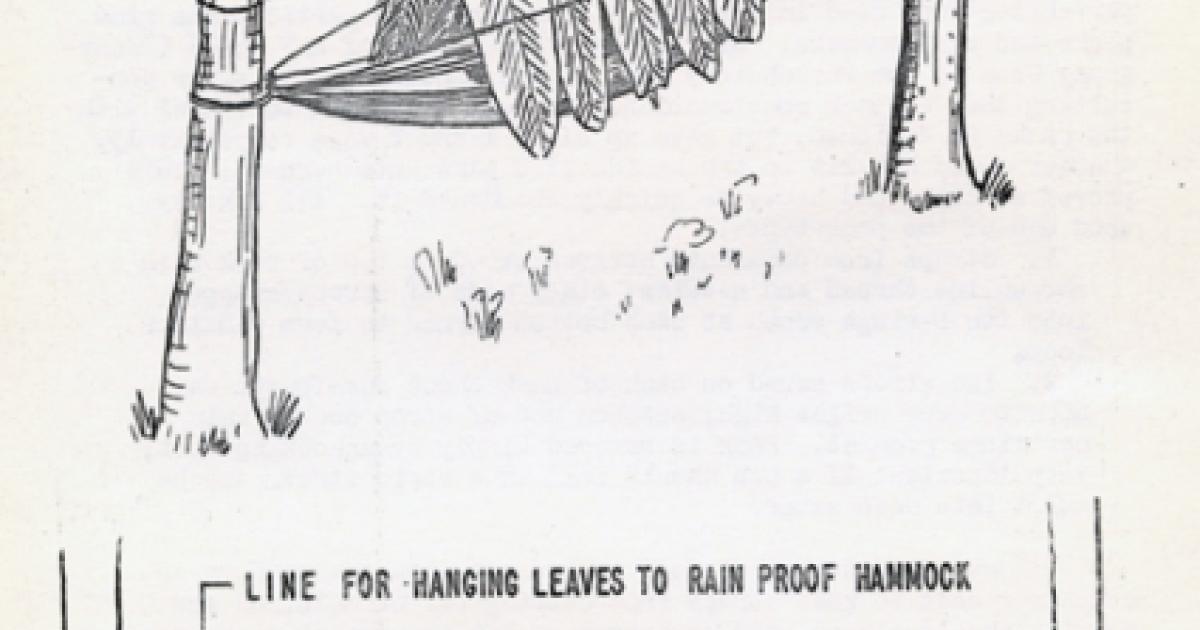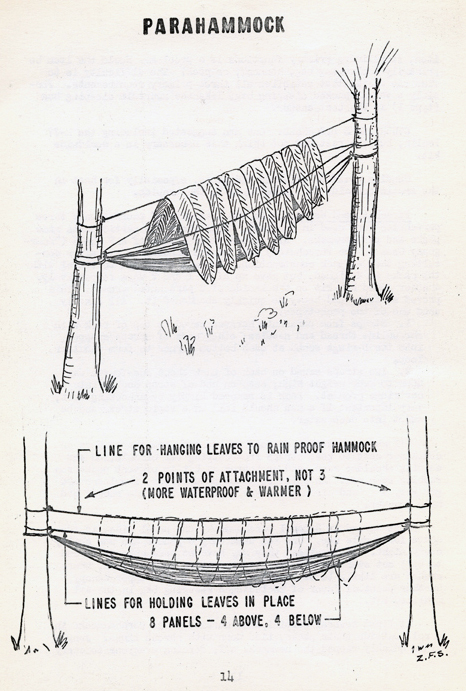
In 1956, the Arctic, Desert, Tropic Information Center (ADTIC) of Air University conducted a survival test as part of a program to assess air force survival equipment. A crew from the air force was sent to the harsh conditions of the Panama jungle to simulate an emergency survival situation. Although the field test was scheduled to last two weeks, the group stayed in the jungle for only six days. Excerpts from the report of the ADTIC observer (selected from the crew to act as a participant-observer) reveal the group’s difficulties.
During the first two days, the group had trouble setting an appropriate walking pace, dealing with faulty flares, and moving over slippery ground that caused several falls. On the third day of the test, the observer wrote, “Rained last night from 0200-0400; wet and chill made sleep impossible. Got up soaking wet at 0645. Lesson: ALWAYS PREPARE FOR RAIN IN THE JUNGLE AT NIGHT.” The next day, the observer noted that “rain last night soaked men and equipment again” and mentioned difficulties with biting ants and tender feet. On the fifth day, the observer wrote that the bird and fiddlehead fern stew he prepared was “generally rejected” and described a run-in with a snake. By the sixth day, the crew was ready to leave. The report states, “If forced to continue in the jungle, the men would spend their time bitching about everything, and any semblance of realism would be lost.”
The booklet describing the jungle survival field test, accompanied by a booklet on water survival field tests, can be found in box 44 of the Joel Martin Halpern papers.
(All quoted material taken from “The Jungle Survival Field Test” by Louis Dupree, Arctic, Desert, Tropic Information Center, Research Studies Institute, Air University, Maxwell Air Force Base, Alabama.)







